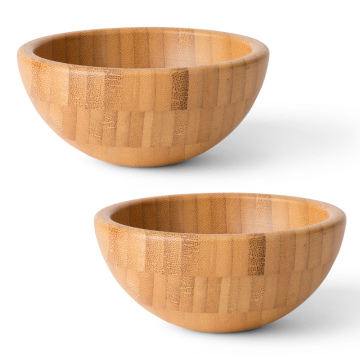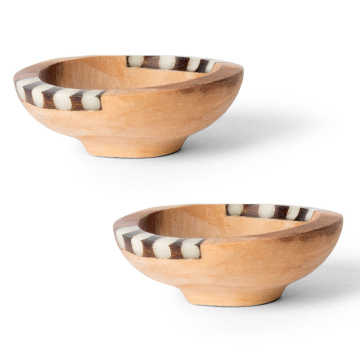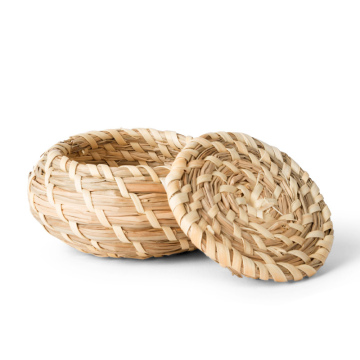Ratatouille: Remy’s Journey to Culinary Glory in Paris
The Dream of a Culinary Artist
In the heart of Paris, nestled amidst the charm of its streets and the aroma of fresh bread, Remy, a young rat with big dreams, dared to envision a life that defied all odds. Unlike the typical rats in his colony, who were content with scavenging for leftovers, Remy harbored a passion for gourmet cuisine. His fascination with culinary creations began when he stumbled upon a cooking show featuring a renowned Parisian chef, Gusteau. From that moment, Remy’s journey into the world of culinary arts was set in motion, driven by his desire to create delicious dishes that would impress even the finest palates. The concept of a rat becoming a chef seemed impossible, but Remy’s conviction was unwavering.
The film, Ratatouille, beautifully showcases Remy’s determination and resilience. It paints a picture of how a small creature, often dismissed as insignificant, could have a profound impact on the culinary world. Remy’s vision of becoming a celebrated chef in Paris was not just about preparing food; it was about challenging the very notion of what a chef could be. The city, known for its rich culinary heritage, provided the perfect backdrop for Remy to embark on his journey toward culinary excellence. It was not just a dream but a bold quest to prove that anyone, regardless of their background, could succeed in the world of fine dining.
Remy’s story is a testament to the power of passion, skill, and the courage to defy expectations. His journey was filled with obstacles, from overcoming his family’s doubts to navigating the hostile world of human chefs. But through it all, his love for culinary arts remained the driving force. The vibrant culinary scene in Paris was his canvas, and every dish he crafted brought him one step closer to his ultimate goal – to be recognized as a master in the kitchen, even if he was just a rat.
The Challenge of Culinary Perfection
Becoming a renowned chef in Paris was no easy feat, especially when one was a rat with no formal training and no human hands. Remy faced countless challenges in his quest to master the culinary arts. One of the first hurdles was gaining access to the prestigious kitchen of Gusteau’s restaurant, a place where only the most skilled chefs worked. Remy, however, found an unexpected ally in Alfredo Linguini, a young, inexperienced human who became his partner in the kitchen. Together, they formed an unlikely but effective team. While Remy worked his culinary magic, guiding Linguini from behind the scenes, their collaboration led to a series of remarkable dishes that captivated the restaurant’s customers.
The pursuit of culinary perfection was at the core of their work. Remy understood that every ingredient had its place, every flavor had its balance, and every dish told a unique story. The kitchen became a laboratory for experimentation, where culinary techniques were tested, refined, and perfected. Remy’s ability to craft exquisite meals without being seen was a testament to his mastery of the culinary arts. However, this also led to moments of tension, as Remy had to carefully navigate the complexities of the kitchen dynamics and the challenges of working with human chefs who were unaware of his presence.
Despite the challenges, Remy’s passion for culinary arts kept him focused. He constantly pushed the boundaries of traditional cooking, blending flavors and textures in ways that were previously unimaginable. His ability to elevate simple dishes into extraordinary culinary masterpieces brought Gusteau’s restaurant back to life. The pursuit of culinary perfection was not just about impressing others; it was about staying true to his craft and his vision. Remy’s journey was a constant balancing act of overcoming obstacles and remaining faithful to the integrity of his cooking.
The Power of Culinary Creativity
Culinary creativity was the heartbeat of Remy’s journey. In a city renowned for its culinary tradition, it was not enough to simply follow established recipes or techniques. Remy sought to innovate, to push the boundaries of what was considered possible in the world of cooking. His culinary creations reflected his deep understanding of flavors, textures, and the importance of presentation. Every dish he prepared was a masterpiece, a reflection of his innate creativity and his love for food.
One of the key moments in Ratatouille was when Remy prepared the eponymous dish, ratatouille, for the food critic Anton Ego. This dish, a humble combination of vegetables, was transformed into an elegant and complex culinary creation by Remy. The way he blended the flavors and presented the dish was a clear demonstration of his culinary creativity. Remy’s ability to turn ordinary ingredients into extraordinary dishes became a hallmark of his cooking style. His creativity did not just lie in his choice of ingredients, but in how he brought them together to create something truly remarkable.
In the world of haute cuisine, creativity is often what sets the best chefs apart from the rest. Remy understood this better than anyone. He was not afraid to experiment, to fail, and to learn from his mistakes. His kitchen became a space where culinary creativity thrived, where he could take risks and explore new possibilities. It was this unrelenting pursuit of innovation that ultimately led to his recognition as a culinary genius in Paris. Remy’s creativity was his greatest asset, allowing him to create dishes that left a lasting impression on anyone fortunate enough to taste them.
Overcoming Adversity in the Culinary World
Remy’s journey was not without its obstacles. As a rat in a human kitchen, he had to navigate a world that was hostile to his very existence. The human chefs were skeptical of him, and the kitchen environment was filled with tension and competition. Remy had to constantly prove himself, not only as a competent chef but as someone deserving of a place in the world of fine dining. This adversity was compounded by the skepticism of his family, who did not understand his passion for cooking. They saw it as a dangerous and foolish pursuit, one that would ultimately lead to disaster.
However, Remy’s determination to succeed in the culinary world pushed him to overcome these challenges. He learned to trust his instincts and rely on his skills, even when everything seemed to be against him. His relationship with Linguini was key to overcoming the social barriers that existed between rats and humans. Through their partnership, Remy was able to prove that culinary excellence was not about appearance or background but about talent and passion. Together, they demonstrated that adversity could be overcome when there was mutual respect and a shared goal.
The film also highlighted the broader theme of overcoming societal expectations. Remy, as a rat, was not expected to succeed in the culinary world. Yet, he showed that greatness could come from the most unlikely places. His success was a victory not just for him but for anyone who had ever been underestimated or overlooked. The culinary world, with all its traditions and prejudices, was forced to embrace a new reality: that talent could be found in the most unexpected places, and anyone with passion and skill could rise above adversity to achieve greatness.
The Legacy of Remy’s Culinary Triumph
Remy’s success in the culinary world left a lasting legacy, not only for himself but for the entire culinary community. His journey was a reminder that success in the kitchen is not about who you are but about what you can create. By breaking down barriers and challenging conventions, Remy transformed the way people viewed cooking and chefs. His culinary triumphs inspired a new generation of chefs, who were no longer bound by tradition but were encouraged to bring their own unique perspectives and creativity into the kitchen.
The film’s message resonates with the idea that passion, perseverance, and creativity are the true ingredients for success in any field. Remy’s journey was not just about becoming a chef; it was about redefining what it meant to be a culinary artist. His story challenges the notion of perfection in cooking, showing that it is the love and creativity behind the dish that truly matters. The legacy Remy left behind was not just in the dishes he created but in the way he inspired others to pursue their culinary dreams, no matter the obstacles they faced.
Ultimately, Remy’s journey in Ratatouille symbolizes the power of following one’s passion and the transformative impact it can have. He proved that even the smallest creature, with the greatest of ambitions, could leave a mark on the world of culinary arts. His triumph in Paris was a victory for all those who dare to dream big and who believe that their unique talents are worth sharing with the world. Remy’s story continues to inspire, reminding us that no dream is too small and no challenge too great when the heart is in the right place.











